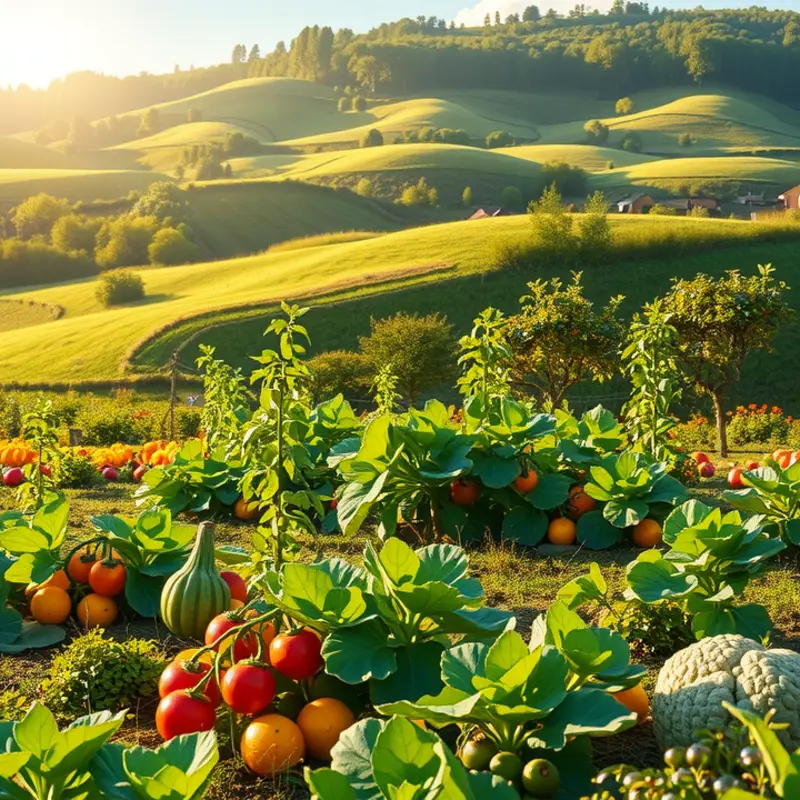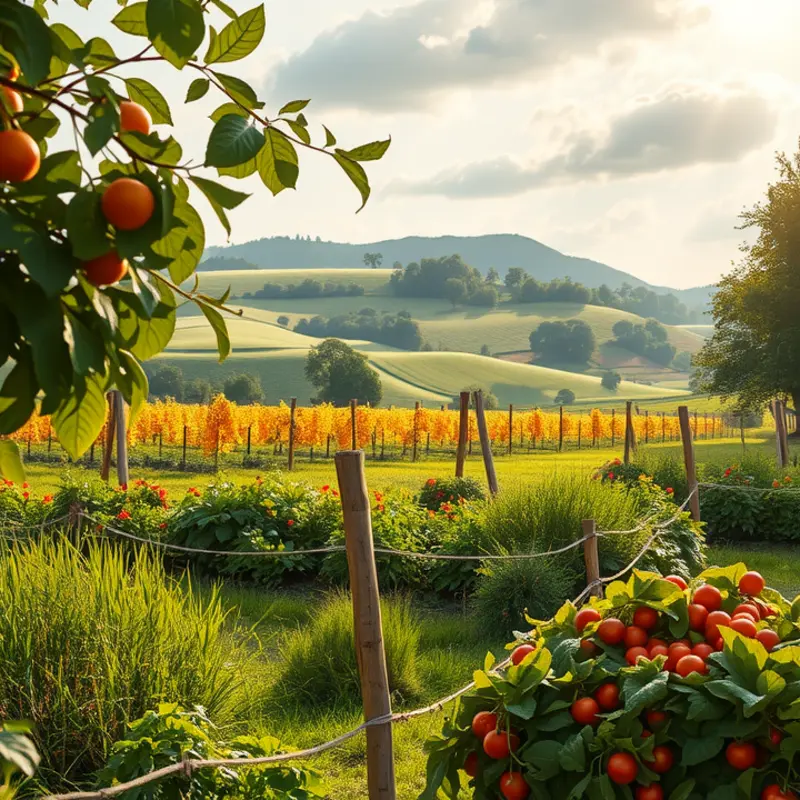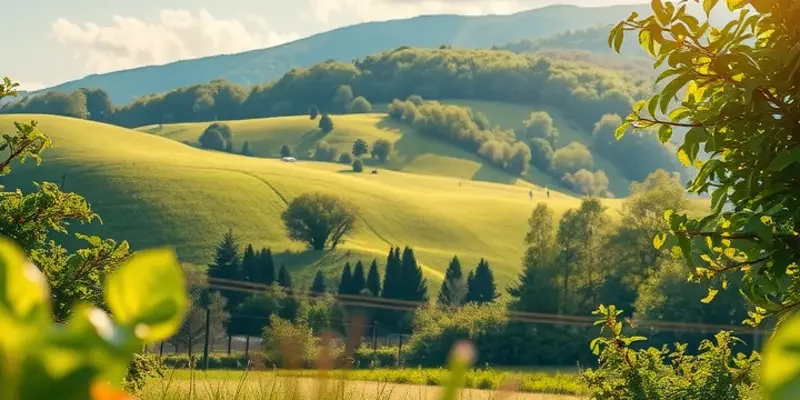Across the globe, monasteries have been quiet sanctuaries of culinary arts, where spirituality meets sustenance. Rooted in ancient traditions, these kitchens have produced not only sustenance but also a profound connection to the earth and community. From creating wines in Italian abbeys to producing cheeses in French cloisters, monastic cooking exemplifies simplicity, flavor, and harmony with nature. As we delve into these culinary traditions, we uncover a rich heritage shaped by faith, land, and the humble yet transformative power of food.
Heritage of Flavor: The Monastic Kitchen

Monastic kitchens, with their serene atmospheres, offer a retreat into culinary history where simplicity intertwines with complexity. These kitchens, often nestled within ancient walls, carry forward the art of transforming humble ingredients into gourmet experiences. The heart of a monastic kitchen lies in its adherence to farm-to-table practices, a concept embraced long before it became a modern culinary trend.
Monks and nuns cultivate gardens overflowing with seasonal vegetables and herbs. Their hands tend to the earth, ensuring a supply of fresh, organic produce that is pivotal to their dishes. This farm-to-table approach emphasizes not only sustainability but a deep respect for nature’s offerings. Traditional composting and rotational planting techniques enrich the soil, enabling it to yield thriving crops year after year.
Preservation is another cornerstone of monastic culinary arts. The passing of seasons does not dictate the availability of flavor, thanks to age-old methods of fermenting, curing, and drying. Monasteries often produce their own vinegars and pickles, leveraging local fruits and herbs. These preserved items add depth to their cuisine, allowing flavors to evolve and intensify over time. It’s an art that aligns with low-waste practices, mirroring efforts found in minimal prep dinner ideas prevalent in contemporary culinary circles.
Local produce plays a significant role in shaping the identity of monastic recipes. The culinary arts of a monastery reflect not just the changing seasons but also the terroir—the unique flavor profile imparted by the region’s soil, climate, and geography. Ingredients such as wild mushrooms, heirloom grains, and aromatic herbs become vessels of the locale’s essence, capturing the spirit of their surroundings in every bite.
Sustainability efforts extend beyond cultivation and preservation. Monastic kitchens practice resourcefulness by utilizing every part of an ingredient, ensuring nothing is wasted. This conscious use of resources resonates with the broader movement towards eco-friendly eating, creating a thoughtful cycle where sustainability and spirituality coexist harmoniously.
Spirituality itself infuses these kitchens with a meditative rhythm. Cooking becomes an act of devotion, where meals are prepared with mindfulness and gratitude. The monks and nuns embrace cooking as a practice of patience, allowing intricate flavors to blossom through slow cooking techniques. Meals are crafted not just to nourish the body, but also to nurture the soul, emphasizing balance and reflection.
In monastic kitchens, tradition is not merely preserved but is a living, breathing entity that evolves through the hands and hearts of those who cook. Here, the past and present amalgamate, creating a culinary tradition rich in heritage and flavor. From the mindful harvesting of fresh produce to the careful preparation of meals, these sacred kitchens offer a taste of timelessness, sustaining a legacy that nourishes both body and spirit.
Divine Ingredients: The Spiritual Connection to Food

In the serene confines of monasteries, the preparation of food transcends mere nourishment. Each task in the kitchen is imbued with a sense of reverence, reflecting the profound belief that preparing and sharing food is a spiritual act. This is evident in the purposeful way monks and nuns approach their ingredients.
The selection of ingredients often begins in the monastery gardens, where a commitment to organic growth is paramount. The cultivation of vegetables and herbs follows the rhythm of the seasons, fostering not just patience, but a deep connection with the natural world. It is through this mindful cultivation that the ingredients acquire a quality that elevates them beyond the ordinary. Such practices resonate with the philosophy of stewardship, emphasizing care and respect for the earth.
An excellent example of this sacred culinary art is the making of monks’ bread. This humble loaf reflects simplicity and devotion. The process starts with selecting grains milled on-site, ensuring purity and freshness. The act of kneading the dough becomes a meditative practice, each movement a prayer in itself. This harmonious interaction results in bread that nourishes both body and spirit.
Herbal infusions crafted in these sanctified kitchens are more than just beverages. Monasteries use a variety of herbs like chamomile, mint, and rosemary, each chosen not only for flavor but for their holistic properties, fostering health and well-being. The preparation of these infusions involves careful attention; from harvesting at dawn, when the essential oils are most potent, to the gentle drying process that preserves their essence.
Artisanal cheeses, another monastic delicacy, encapsulate the same spirit of mindfulness. Each wheel of cheese is a testament to time-honored techniques passed down through generations. The process begins with the careful tending of dairy animals, followed by the delicate curdling and aging of the cheese. This meticulous attention ensures that each piece carries the whisper of ancient wisdom and the environment it matured in.
Seasonality plays a crucial role in monastic cooking—guiding what can be created and when. Such constraints are not mere limitations; they provide opportunities for creativity and sustainability. The cycles of nature dictate a return to traditional preservation methods, such as fermenting and conserving seasonal bounty.
Monastic kitchens thus stand as beacons of sustainable, mindful cooking practices. Their work inspires a deeper appreciation of what sustains us, encouraging a shift in perspective—from viewing food as simply consumable to recognizing its spiritual dimension. By embracing the mindfulness practiced in these hallowed spaces, we can all cultivate a richer relationship with the food that graces our tables.
To explore more about guiding principles in selecting ingredients, you may find insights in Functional Herbs for Mood Stability, which aligns with the mindful use of ingredients as practiced in monastic life.
Final words
The culinary arts of monasteries are a remarkable testament to the intertwining of faith, culture, and sustainability. As monks and nuns dedicate their lives to preserving traditional recipes and sustainable practices, they create not just food for the body, but nourishment for the spirit. Each dish carries centuries of history, values, and techniques that serve as a reminder of the importance of simplicity and connection to the land. By exploring these unique culinary traditions, we gain a greater appreciation for the integral role that food plays in our cultural and spiritual lives. Next time you savor a dish rooted in tradition, think of those sacred kitchens and their enduring legacies.








